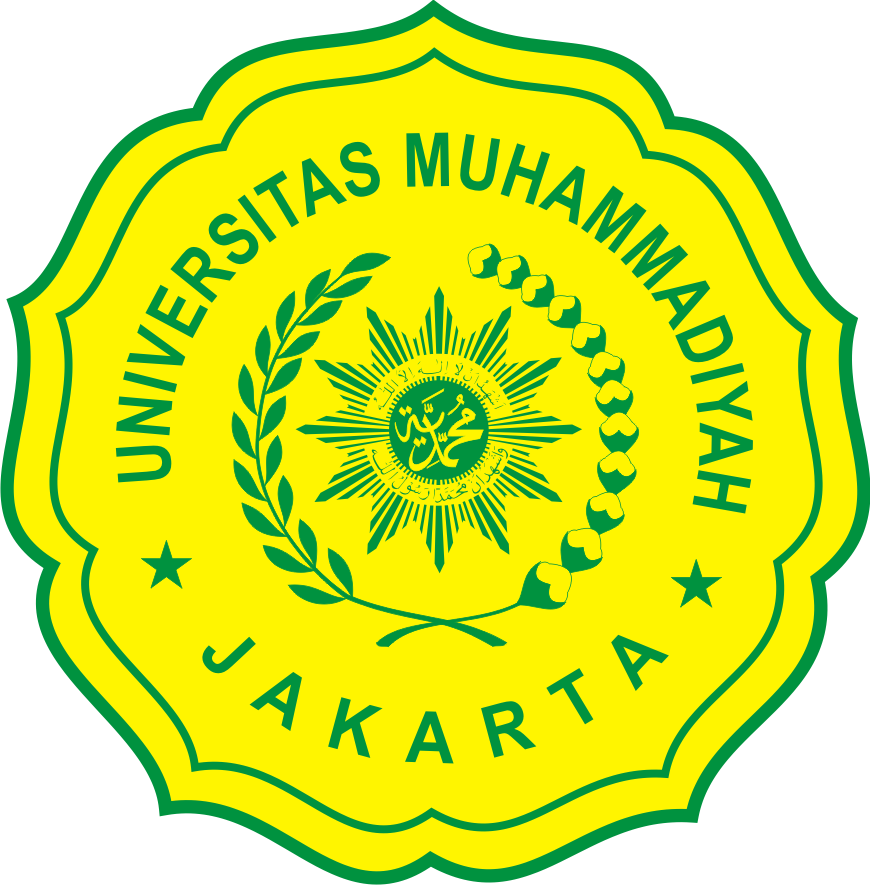Observation of macro surface and gear mass of 3d printing machine using pla filament
Abstract
3D Printing Machine is a machine that works with the basic principle of CNC, namely the movement of the machine in making the workpiece which is regulated by the G code in 3 coordinate axes x, y, and z. Based on how it works, 3d printing machines are classified into 7, namely, Vat photopolymerization, Material Extrusion, Powder-Bed Fusion, Sheet Lamination, Binder Jetting, Material Jetting, Directed Energy Deposition. The results of the research on 3d Printing Material extrusion this time using PLA material with a machining diameter of 1.75mm, nozzle distance with bed 0.1mm, nozzle diameter 0.4mm, layer height 0.12mm, nozzle temperature 2000C, bed temperature 600C, printing speed 80mm/s. The experimental results found problems such as clogging, the filament does not stick to the bed, the filament has a different freezing point, thus affecting the geometry of the workpiece to be printed. For the mass of all printed workpieces after measuring the mass with no significant changes, it is ensured that the problem originates from variables related to the printing of each layer in the form of printing speed, bed temperature, nozzle temperature, and system temperature.
Keywords
Full Text:
PDFReferences
Amy Hurst, 2019. Fabrication, 3D Printing, and Making. New York University.
New York City. USA. Springer Nature. 755-772.
Amrullah, Muhammad Abdul Malik and Alfi, Ikrima, 2018. Rancang Bangun Prototipe Printer 3 Dimensi (3D) Tipe Cartesian Berbasis Fused Depositon Modelling (FDM). Tugas Akhir Universitas Teknologi Yogyakarta Indonesia.
Anief Awalia, Nurul Amri, dan Wirawan Sumbodo, 2018. Perancangan 3D.
Printer Tipe Core XY Berbasis Fused Deposition Modeling (FDM) Menggunakan Software Autodesk Inventor 2015. Jurnal Dinamika Vokasional Teknik Mesin. Voleme 4 Nomor 2. Hal 110-115.
Bret M. Boyle, Panupoan T. Xiong, Tara E. Mensch, 2019. 3D Printing Using Powder Melt Extrusion. Journal Additive Manufacturing. Elsavier. Page 1-27.
C. Buchanan, L. Gardner, 2019. Metal 3D printing in construction: A review of methods, research, applications, opportunities and challenges. Journal of Engineering Structures 180. Elsavier . Page 332-348.
Chaofan Gou, Min Zhang, and Bhesh Bhandari, 2019. Model Building and Slicing in Food 3D Printing Processes A Review. Journal Food Science and Food Safety. Volume 18. Page 1052-1069.
Gaoyuan Ye, Hongjie Bi, Licheng Chen, dan Yingcheng Hu, 2019. Compression and Energy Absorption Performances of 3D Printed Polylactic Acid Lattice Core Sandwich Structures. Journal of 3d Printing And Additive Manufacturing. Volume 6. Number 6. 1-11.
Hamid Abdillah dan Ulikaryani, 2019. Aplikasi 3D Printer Fused Deposite Material (FDM) Paa Pembuatan Pola Cor. SINTEK Jurnal Ilmiah Tekni Mesin. Volume 13. No.2. 110-115.
Ian Gibson and Amir Mahyar Khorasani, 2019. Metallic Additive Manufacturing: Design, Process, and Post-Processing. Journal Metals. Volume No.137.
Joe Larson, 2013. 3D Printing Blueprints. Packt Publishing Ltd. Livery Place Birmingham. UK.
Mansaf Alam, Kashish Ara Shakil, Samiya Khan, 2020. Internet of Things (IoT): Concepts and Application. Springer Naturre. Switzerland AG.
Nurhalida. Shahrubudin, T.C. Lee, R. Ramlan, 2019. An Overview on 3D Printing Technology: Technological, Material, and Applications. 2nd International Conference on Sustainable Materials Processing and Manufacturing. 1286-1296.
Redwood Ben, Schoffer Filemon, Garret Brian, 2017. The 3D Printing Handbook: Technologies, Design, and Application. 3d HUBS.
Seong Je Park, Ji Eun Lee, Han Bit Lee, Jeanho Park, Nak-Kyu Lee, Yong Son, Suk-Hee Park, 2019. 3D Printing of Bio-Based Polycarbonate and Its Potential Applications in Ecofriendly Indoor Manufacturing.Journal Additive Manufacturing. Elsavier.
DOI: https://doi.org/10.24853/sintek.16.2.123-130
Refbacks
- There are currently no refbacks.
Copyright (c) 2022 SINTEK JURNAL: Jurnal Ilmiah Teknik Mesin













